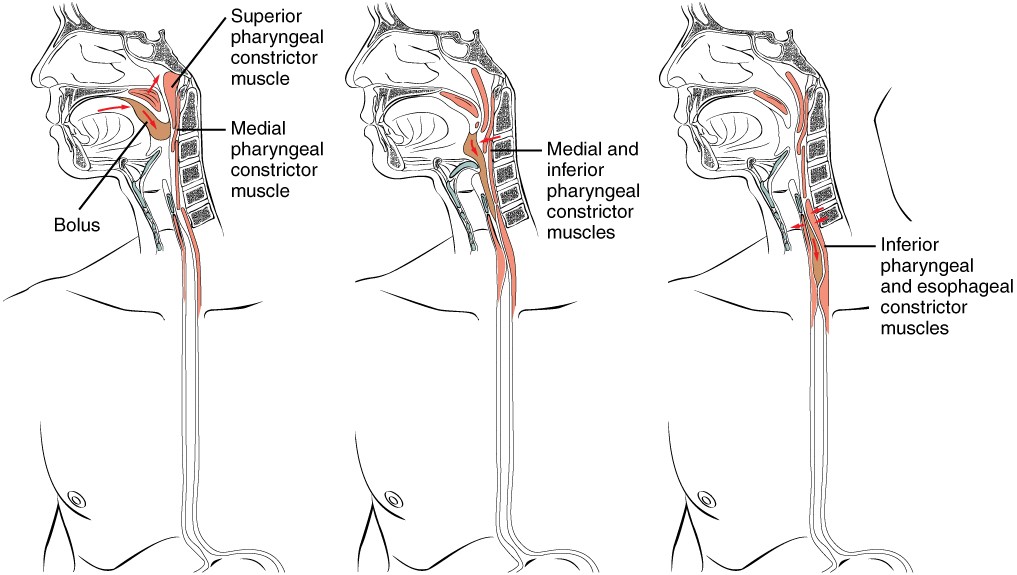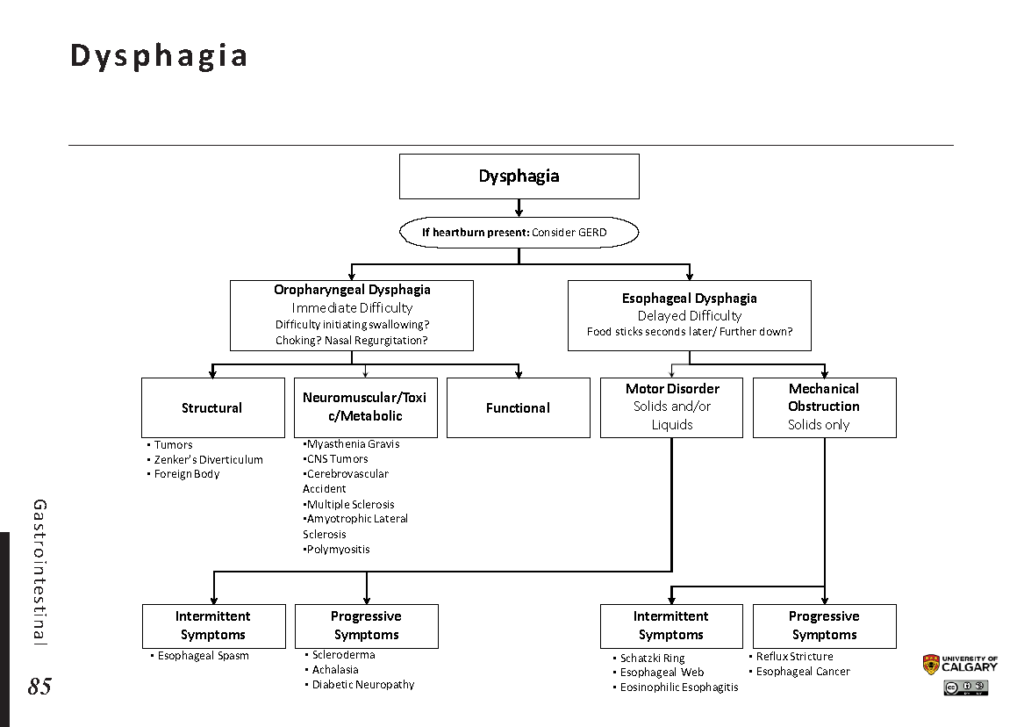Difficulty swallowing, also known as dysphagia, is a medical condition that affects millions of people worldwide. It can range from mild discomfort to severe complications that interfere with daily life. Dysphagia may occur at any age but is more commonly seen in older adults and individuals with certain underlying health conditions. Understanding the nature of this condition, its types, causes, and management strategies is essential for improving quality of life and preventing potential complications.

What is Difficulty Swallowing?
Difficulty swallowing refers to the sensation of food or liquid getting stuck in the throat or chest during the process of swallowing. This condition can affect one or more stages of the swallowing process, which involves the coordination of muscles and nerves in the mouth, throat, and esophagus. While occasional difficulty swallowing may not be a cause for concern, persistent or recurrent issues should be evaluated by a healthcare professional.
How Swallowing Works
The act of swallowing is a complex process that involves three main phases:
- Oral Phase: Food or liquid is chewed in the mouth and mixed with saliva to form a soft mass called a bolus. The tongue then pushes the bolus toward the back of the mouth.
- Pharyngeal Phase: The bolus moves into the throat, triggering the swallowing reflex. During this phase, the epiglottis closes to prevent food or liquid from entering the airway, and the larynx elevates to protect the lungs.
- Esophageal Phase: The bolus enters the esophagus, a muscular tube that connects the throat to the stomach. Coordinated contractions of the esophageal muscles push the bolus downward into the stomach.
Any disruption in these phases can lead to difficulty swallowing.
Types of Difficulty Swallowing
Difficulty swallowing can be classified into two main types based on where the problem occurs:
Oropharyngeal Dysphagia
This type of difficulty swallowing originates in the mouth or throat. It often results from problems with the nerves or muscles involved in the oral and pharyngeal phases of swallowing. Individuals with oropharyngeal dysphagia may experience coughing, choking, or the sensation of food going down the wrong pipe.
Esophageal Dysphagia
Esophageal dysphagia occurs when there is an issue with the esophagus. People with this type of swallowing difficulty often feel as though food is stuck in their chest or lower throat after swallowing. This can be caused by structural abnormalities, muscle disorders, or obstructions in the esophagus.
Common Causes of Difficulty Swallowing
There are numerous potential causes of difficulty swallowing, ranging from minor issues to serious medical conditions. Some of the most common causes include:
Neurological Disorders
Certain neurological conditions can interfere with the normal functioning of the muscles and nerves involved in swallowing. Examples include:
- Stroke
- Parkinson’s disease
- Multiple sclerosis
- Amyotrophic lateral sclerosis (ALS)
- Dementia
Muscle and Structural Abnormalities
Problems with the physical structure of the throat or esophagus can also lead to difficulty swallowing. These may include:
- Narrowing of the esophagus due to scarring or inflammation
- Tumors or growths in the throat or esophagus
- Achalasia, a condition where the muscles of the esophagus fail to relax properly
- Esophageal spasms, which involve uncoordinated muscle contractions
Gastroesophageal Reflux Disease (GERD)
Gastroesophageal reflux disease occurs when stomach acid frequently flows back into the esophagus, causing irritation and inflammation. Over time, this can lead to narrowing of the esophagus or the development of scar tissue, both of which can contribute to difficulty swallowing.
Infections and Inflammation
Infections such as tonsillitis, pharyngitis, or esophagitis can cause swelling and pain in the throat, making it difficult to swallow. In some cases, infections may be caused by viruses, bacteria, or fungi.
Foreign Bodies
Sometimes, difficulty swallowing can result from the presence of a foreign object lodged in the throat or esophagus. This is more common in children but can also occur in adults.
Signs and Symptoms
The symptoms of difficulty swallowing can vary depending on the underlying cause and the specific type of dysphagia. Common signs and symptoms include:
- Pain while swallowing
- Sensation of food being stuck in the throat or chest
- Coughing or choking during meals
- Regurgitation of food or liquids
- Unintentional weight loss
- Frequent heartburn or acid reflux
- Voice changes after swallowing
Diagnosis of Difficulty Swallowing
To determine the cause of difficulty swallowing, healthcare providers may use a variety of diagnostic tests and procedures. These may include:
Physical Examination
A thorough physical examination can help identify visible abnormalities in the mouth, throat, or neck. The healthcare provider may also ask about the patient’s medical history and symptoms.
Endoscopy
An endoscopy involves inserting a thin, flexible tube with a camera into the throat or esophagus to examine the lining for signs of inflammation, narrowing, or tumors.
Barium Swallow Test
During this test, the patient swallows a liquid containing barium, which coats the inside of the throat and esophagus. X-rays are then taken to visualize the swallowing process and identify any structural abnormalities.
Manometry
Manometry measures the pressure and coordination of the muscles in the esophagus during swallowing. This test can help diagnose conditions such as achalasia or esophageal spasms.
Management and Treatment Options
The treatment of difficulty swallowing depends on the underlying cause and severity of the condition. Some common management strategies include:
Lifestyle Modifications
For mild cases of difficulty swallowing, simple lifestyle changes may be effective:
- Eating smaller, more frequent meals
- Avoiding foods that are difficult to swallow, such as dry or tough textures
- Chewing food thoroughly before swallowing
- Drinking plenty of fluids to aid in swallowing
Medical Treatments
In cases where difficulty swallowing is caused by a specific medical condition, targeted treatments may be necessary:
- Medications to reduce acid reflux or treat infections
- Botox injections to relax the muscles in the esophagus for conditions like achalasia
- Dilation procedures to widen a narrowed esophagus
Speech and Swallowing Therapy
Speech-language pathologists can provide exercises and techniques to improve muscle strength and coordination in the mouth and throat. This therapy is particularly beneficial for individuals with oropharyngeal dysphagia.
Surgical Interventions
In severe cases, surgery may be required to remove obstructions, repair structural abnormalities, or address underlying conditions such as tumors or strictures.
Preventing Complications
Untreated difficulty swallowing can lead to serious complications, including malnutrition, dehydration, and aspiration pneumonia. To prevent these issues, it is important to seek medical attention if symptoms persist or worsen. Early diagnosis and appropriate management can significantly improve outcomes and quality of life for individuals with difficulty swallowing.





